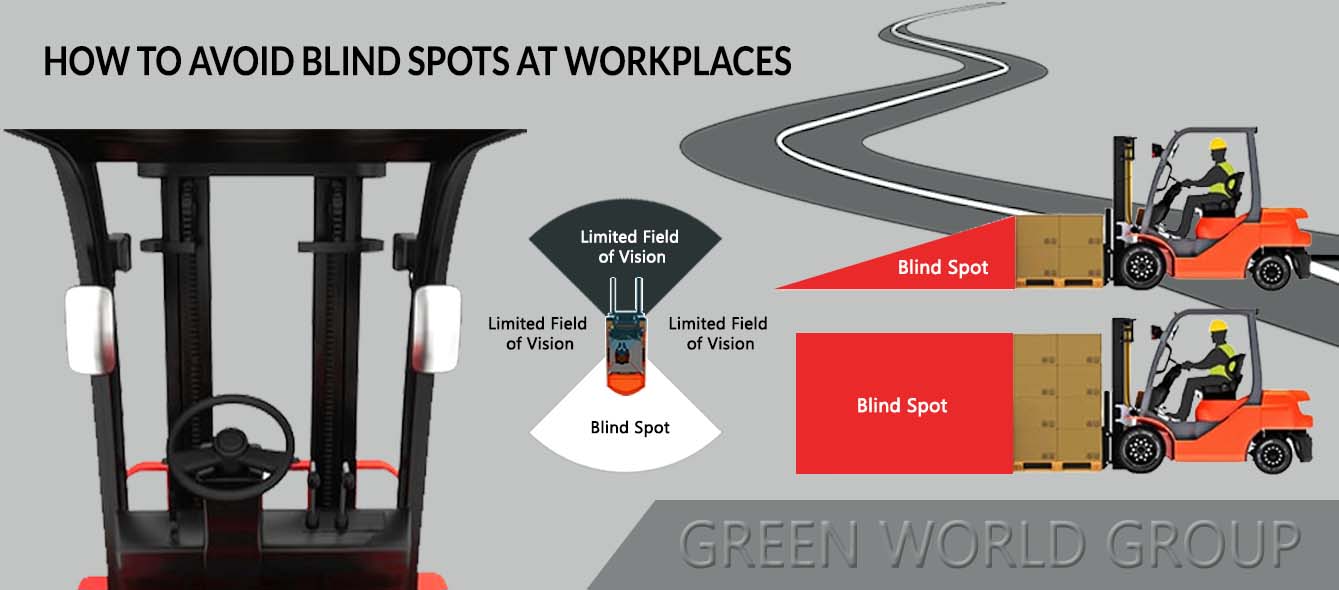
How to Avoid Blind Spots at Workplaces
Safety at workplaces has assumed more significance these days as industries around the world are taking special care to prevent accidents and injuries to workers using precautionary and preventive measures.
Young workers, mostly in the age group of 20s and 30s, are most vulnerable to get hurt at workplaces than those in the upper middle age group, according to a world-wide survey. The reasons stated for young workers toping the injury list are due to lack of experience, less training, and poor knowledge on safety procedures and risks. So, how to remove those ‘blind spots’ of dangers at workplaces?
Those who begin their career in industrial or office environments after completing their academic qualifications have no clue about the dangers and hazards involved in their new work places during their training period. If not taken enough care and preventive measures, there are chances that these work experience students may fall victims to occupational accidents and health hazards, which can sometime be life threatening.
As prevention is the best cure, employers need to take special care about these new entrants and train them to remain safe while learning work in the real work environments. As experienced workers know more and familiar with the impending dangers or blind spots at workplaces, work experience students should be trained under them for specific period before they are allowed to work independently.
Work place managers and recruiters need to follow guidelines while engaging young talents to workplaces which has varied degrees of risks and dangers for debutants.
Employers must ensure that students who have taken on rolls as trainees or probationers must get equal treatment as trained and experienced workers.
If the business environment is of low risk in nature, newly recruited ones must get a thorough briefing and if necessary, a practical run through to the entire system of work culture to understand the gravity of risks and hazards.
In case the works involve hazardous material, extraordinary heat, unhealthy environments or handling of poisonous gas or chemicals, the work experience students must be given in-house training by risk management experts or trainers who can train them to remain safe and healthy.
There should be a systematic approach to understand the nature of risks, kind of supervision to be provided and how best the students can handle high-risk works when they are inducted after necessary briefing and training about the blind spots.
The training must also involve making the students understand the importance of raising health and safety concerns.
Upon completing the training, line managers and supervisors must ensure that students get clear understanding of hazards and health risks in the environment before they get inducted.
As every student is unique, trainers must be aware of the individual capabilities of student trainees and use tailor-made training methodology to prepare them to manage workplace hazards and risks.
There are also guidelines available for experts who are responsible for safe work experience placements. Such trainers must have in-depth knowledge about the risks involved in each and every process work and how best one can handle them safely.

